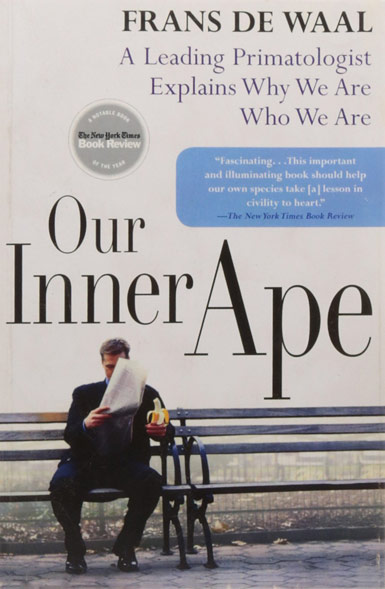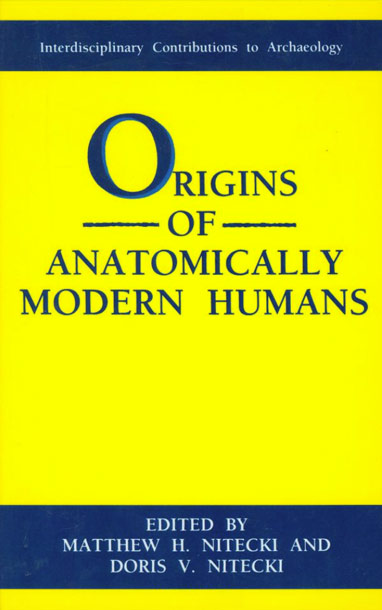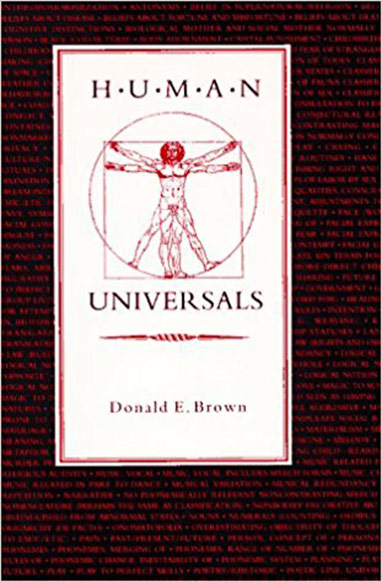Race and Human Evolution
by Milford Wolpoff & Rachel Caspari
Challenges the popular Eve theory of human origins, presenting the controversial multiregional model of human evolution and racial differences that finds evidence in fossil remains.
Description
Amazon.com Review
There are two widely held scientific theories concerning the origin of the human species. One posits a single cradle, generally thought to be in Africa, in which Homo sapiens originated. This dominant theory is assisted by its charismatic spokesmodel Eve, a fictitious personification of a DNA strain that some scientists argue indicates a unique source for the Earth’s human population. The other, decidedly less popular theory is known as multiregionalism. Multiregionalists argue that populations may have originated in Africa, but these populations migrated to distant regions where the human species developed and took on different characteristics, known to scientists as biological diversity but more conventionally referred to as different races. This divide is obviously controversial, and it is not always the steady eye of science that influences which model is deemed correct (or at least politically correct). After all, one model promises a scientific verification of our common humanity, the other, interpreted too loosely, could result in a scientific rationale that hardens concepts of racial difference.
Anthropological researchers (and husband and wife) Milford Wolpoff and Rachel Caspari have written Race and Human Evolution as an accessible introduction to the debates over the origins of the human species that makes a careful and detailed case for multiregionalism. Much of the authors’ effort is directed at separating their scientifically sound position from the racist legacy of earlier theories of polygenism, which argued that races were genetically isolated. They also mount compelling arguments that the “single source of humanity” camp has succeeded thanks to good marketing rather than hard or conclusive data. Their book proves not only an interesting introduction to anthropological debates, it also reflects the way a scientific thesis is formulated, developed, and defended in the media-savvy late 20th century.





